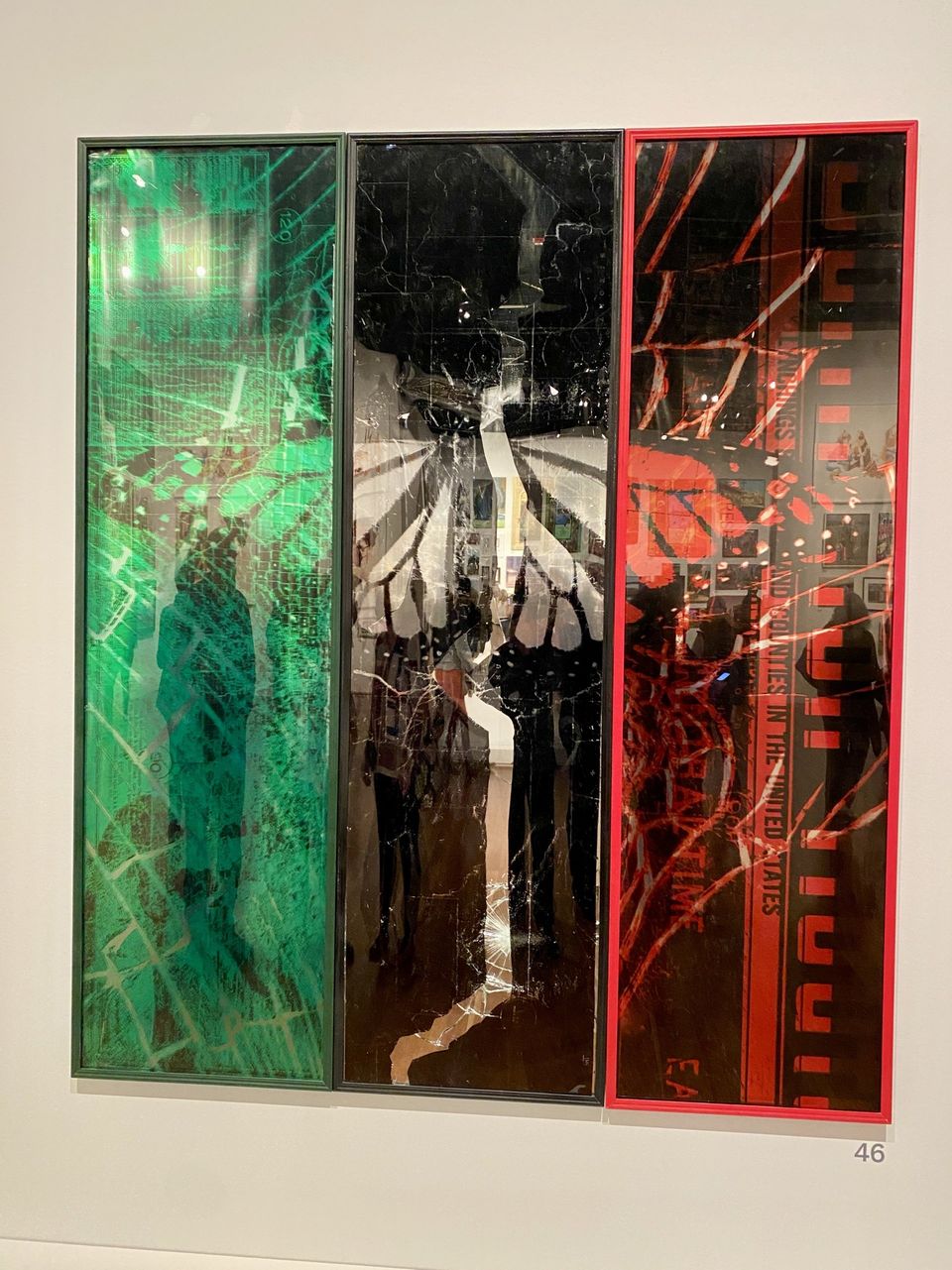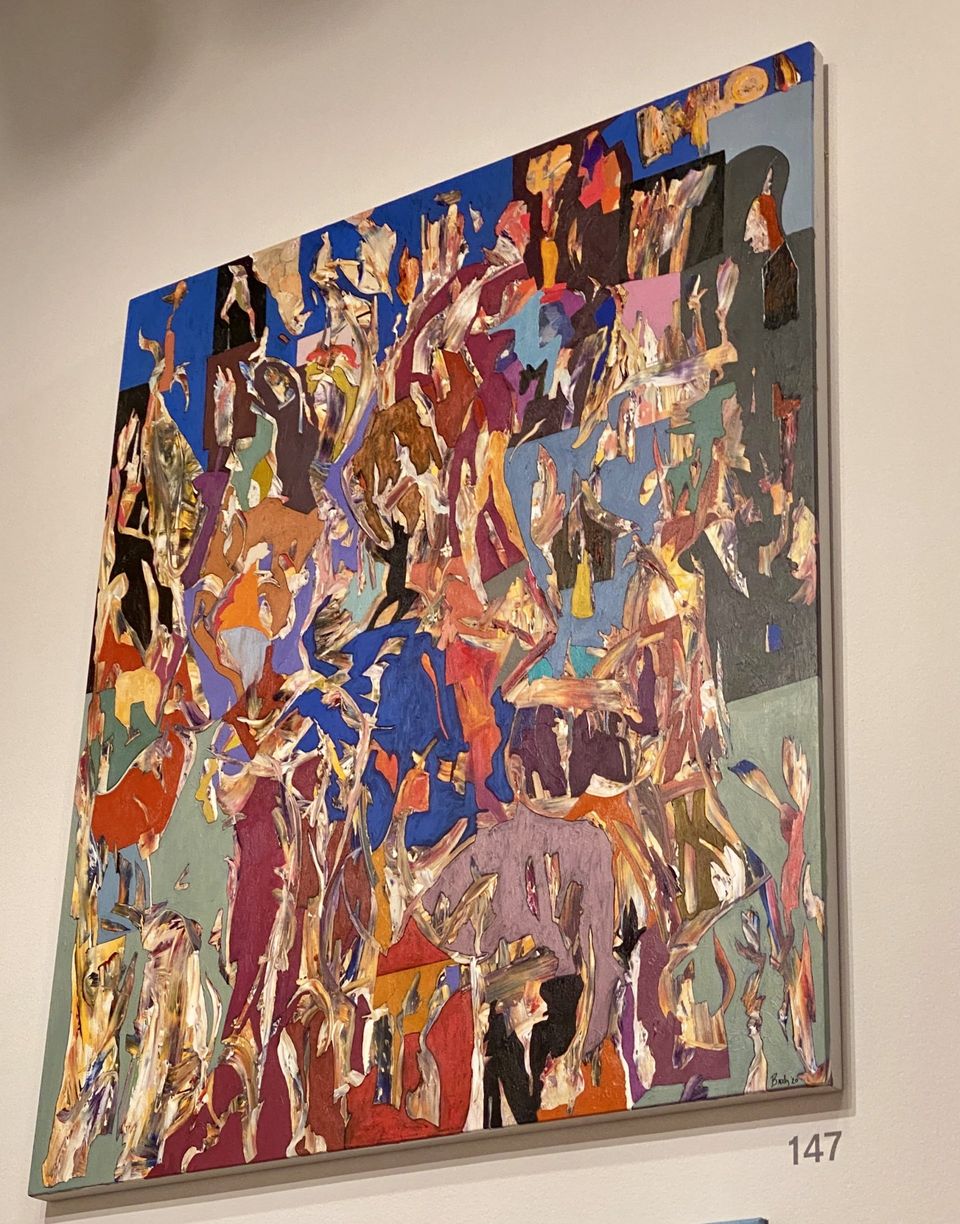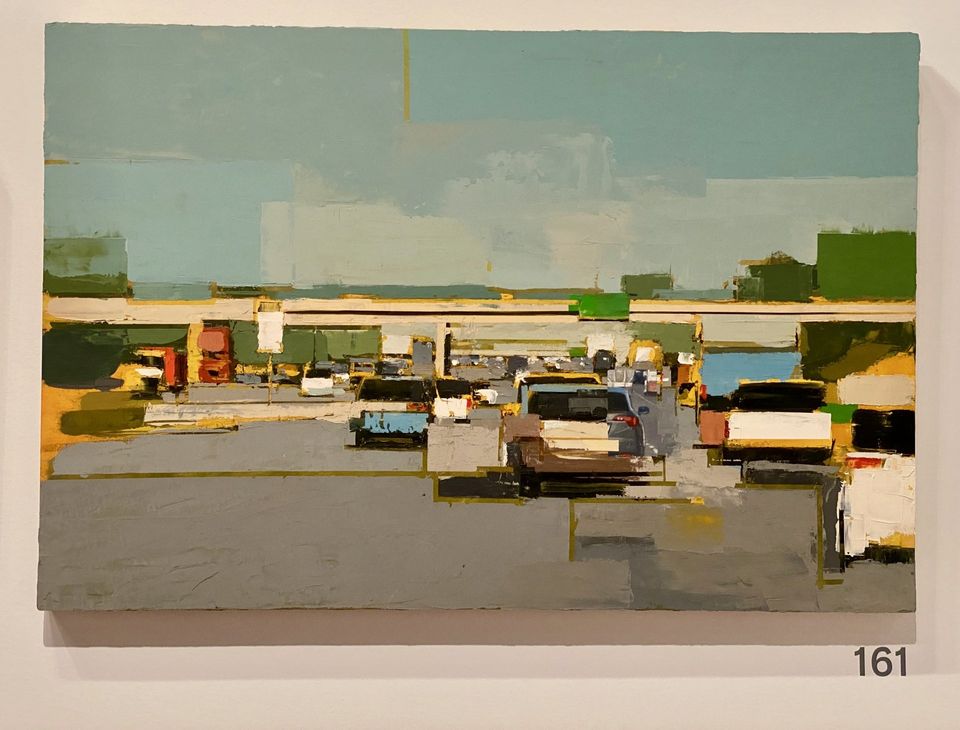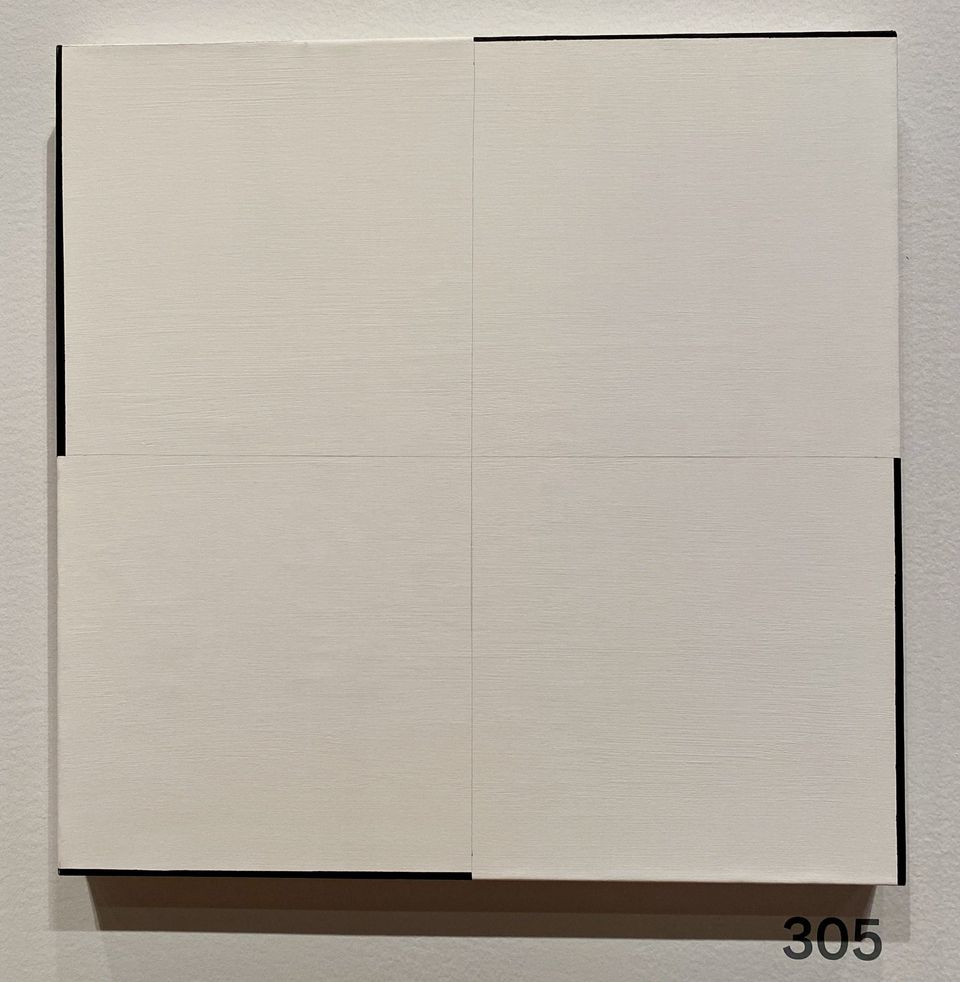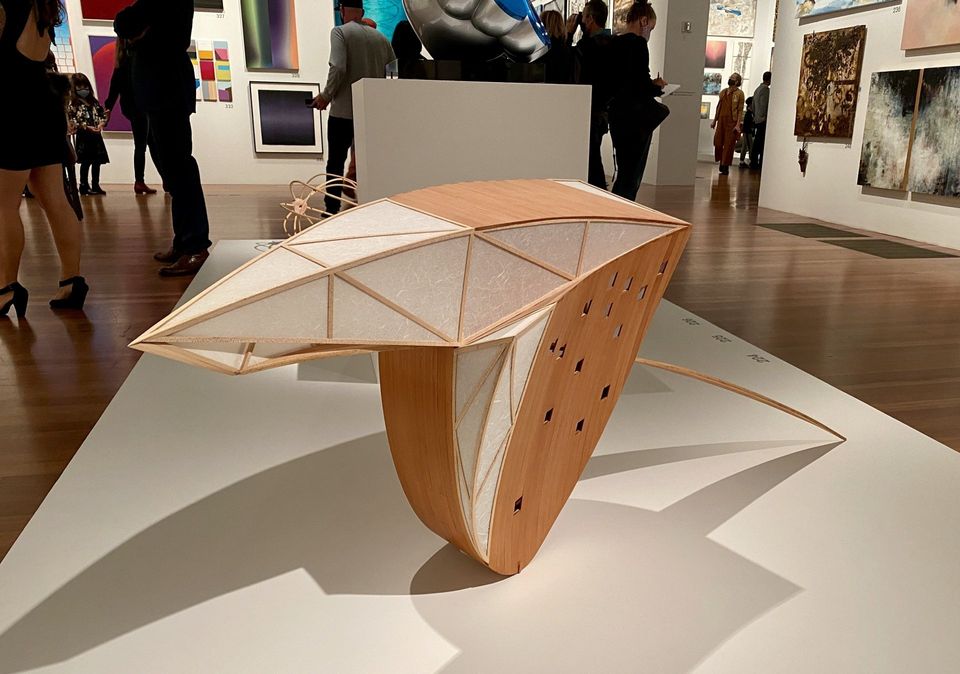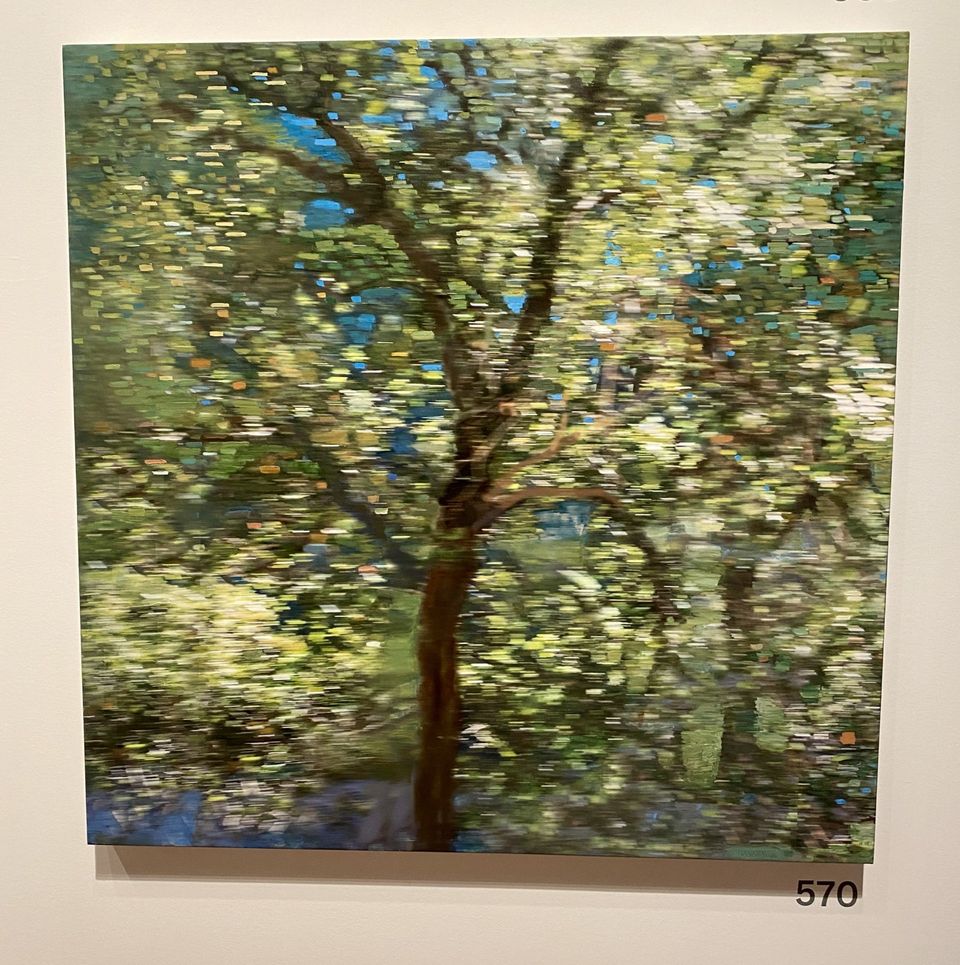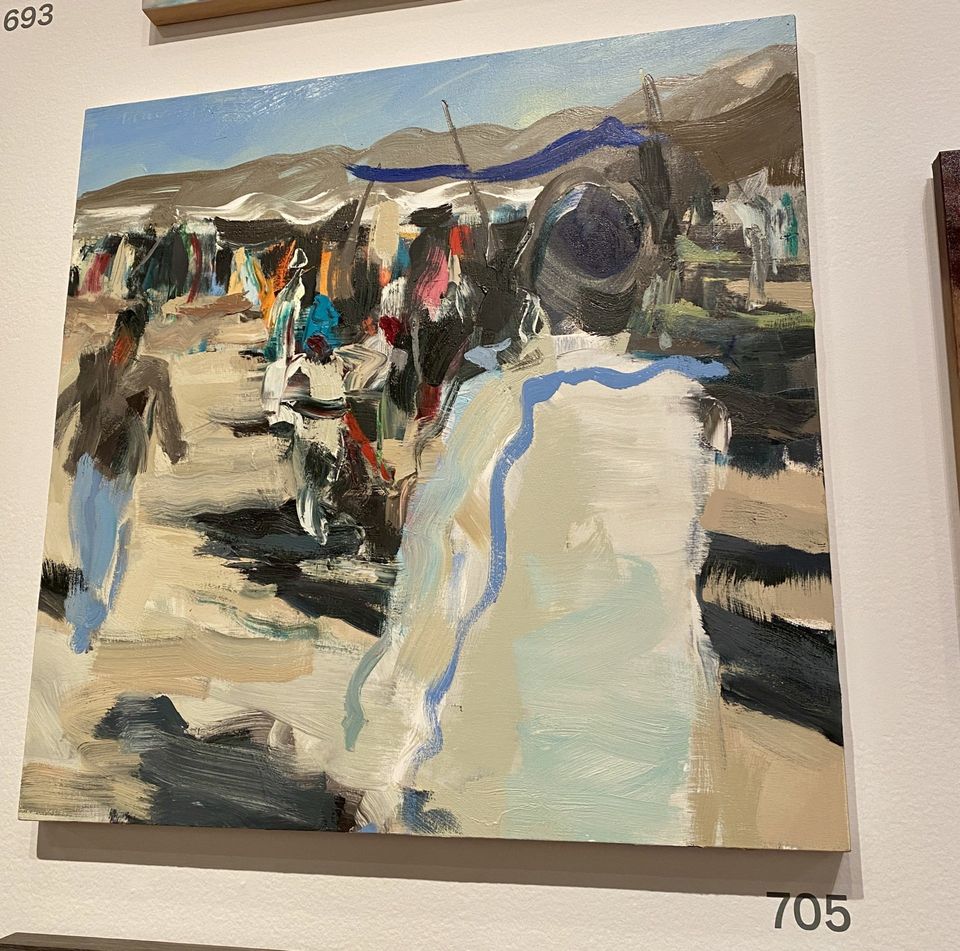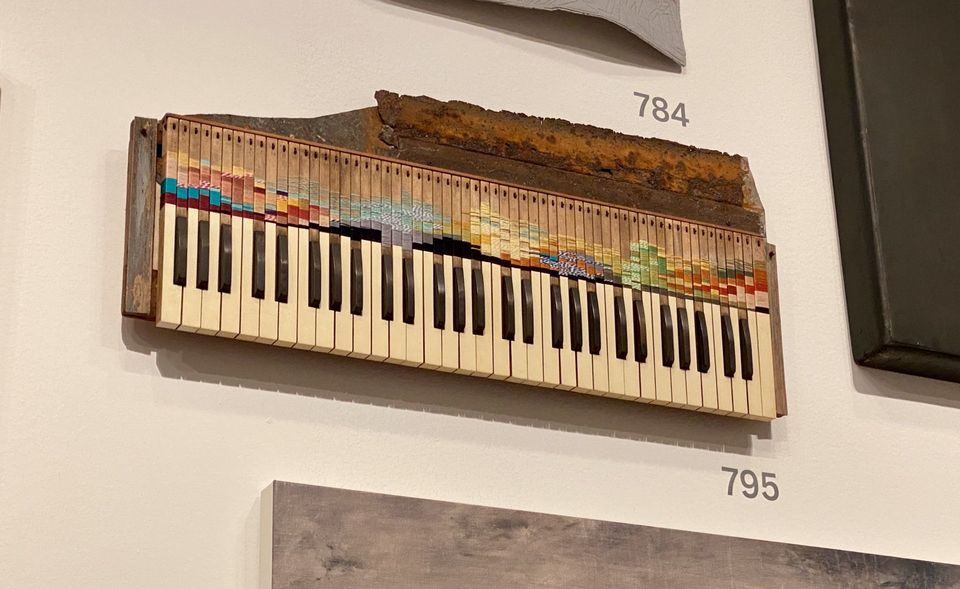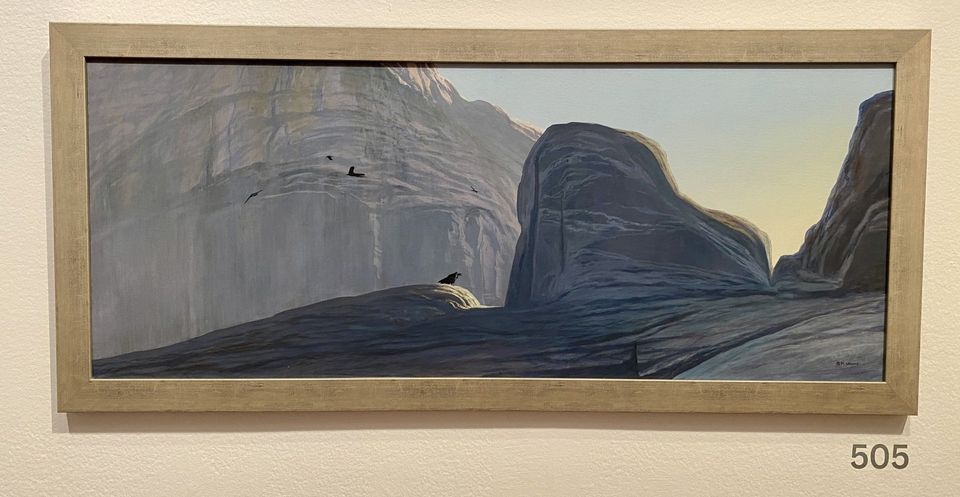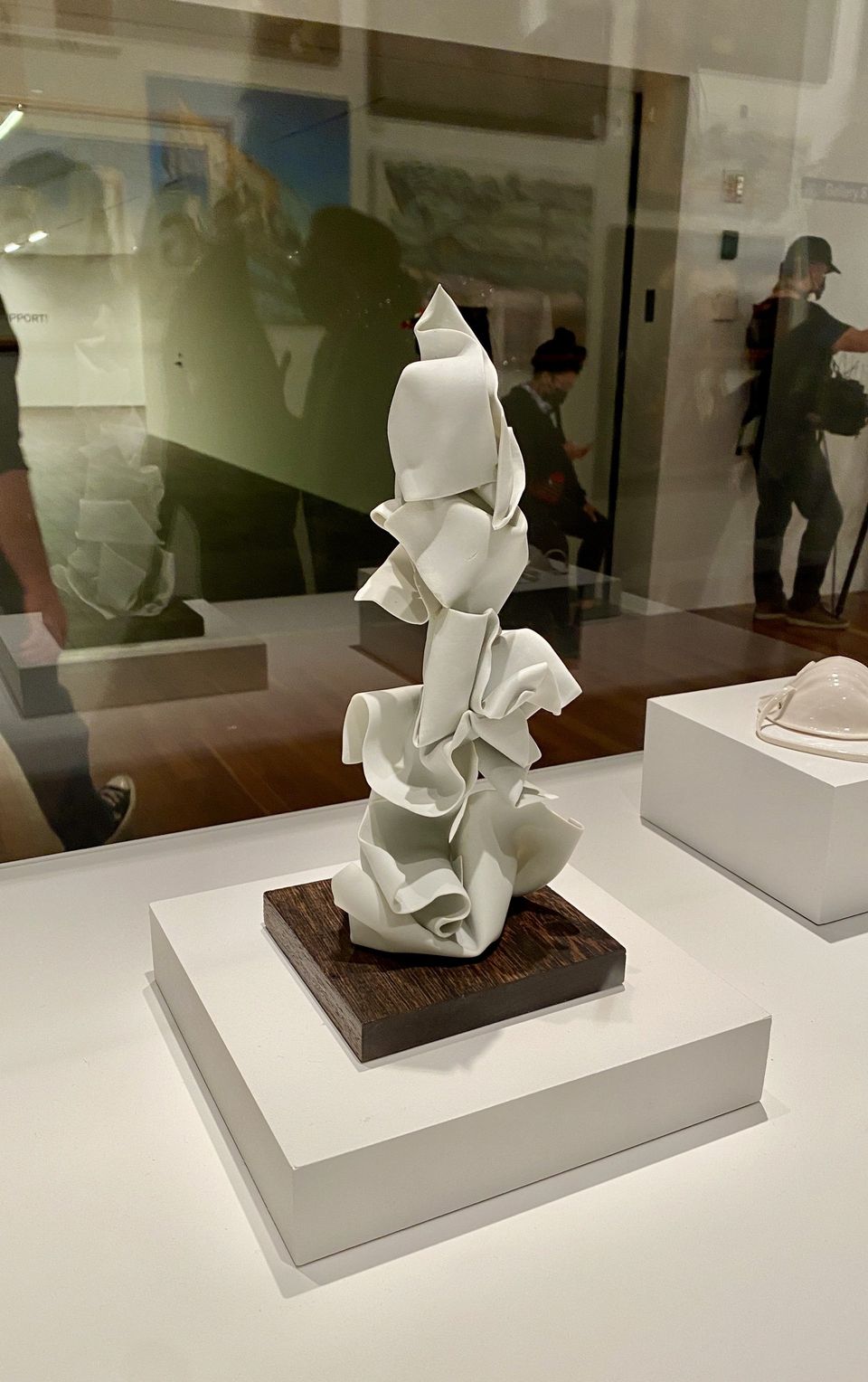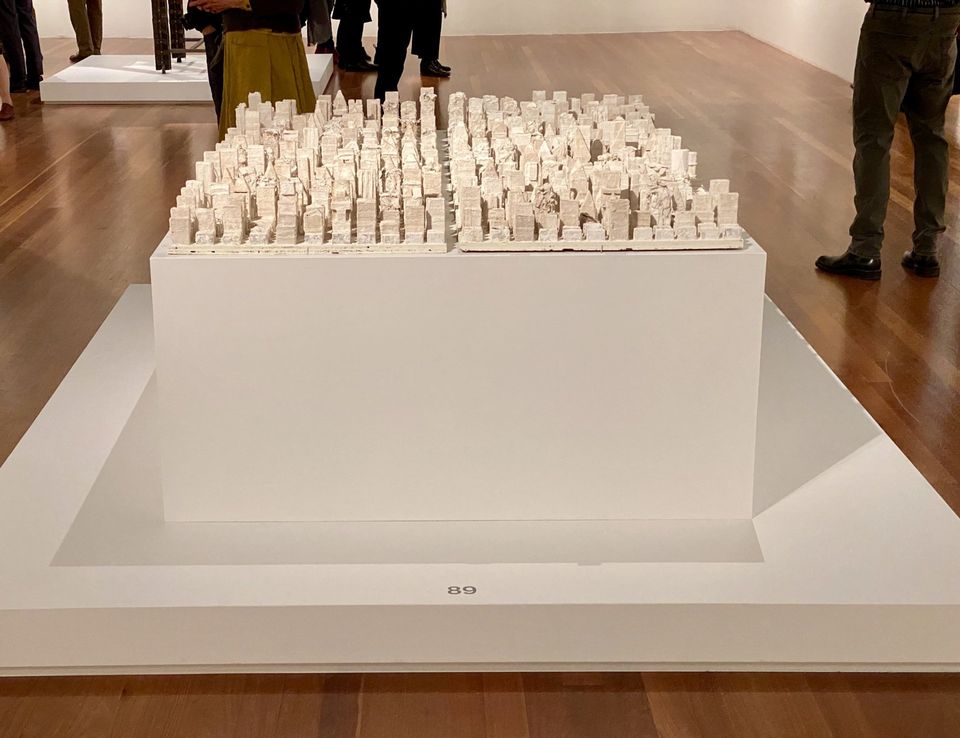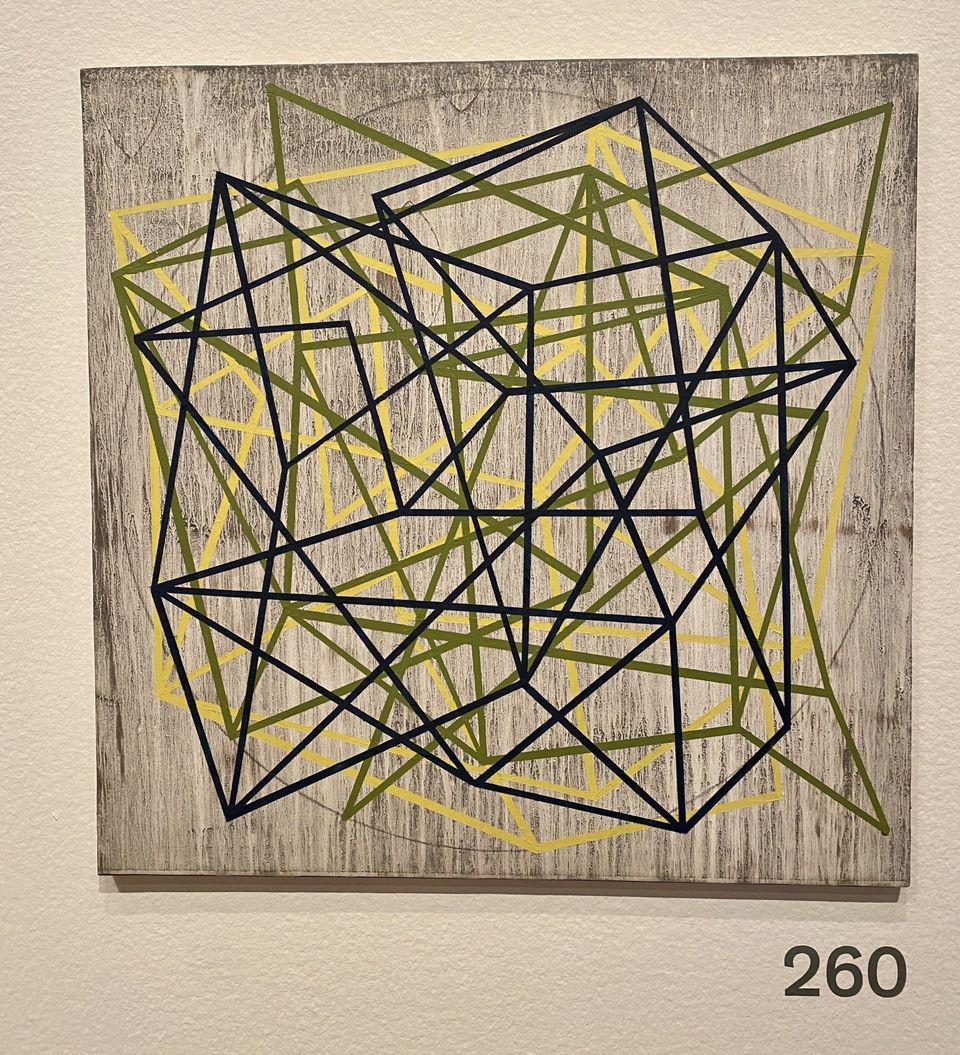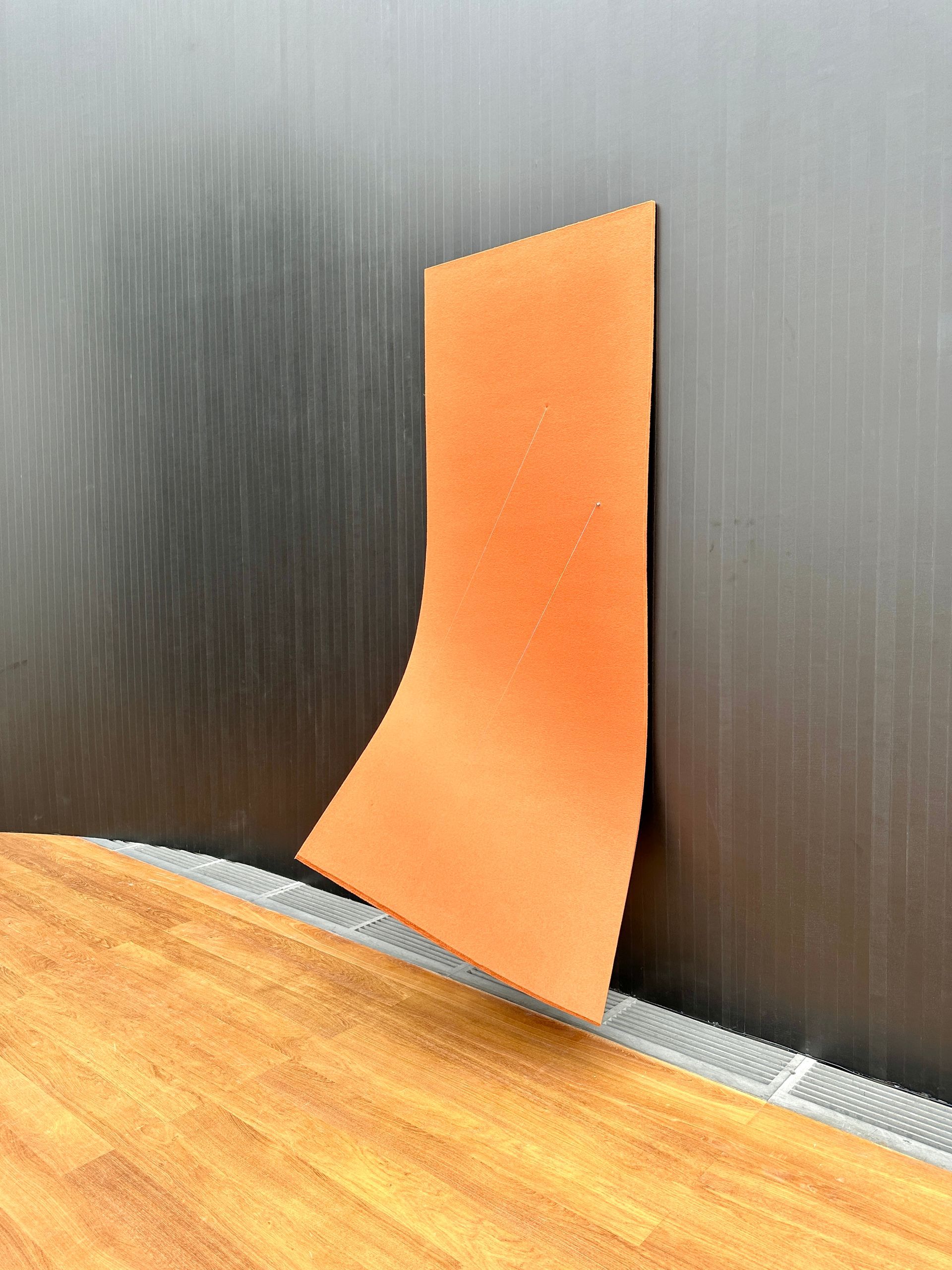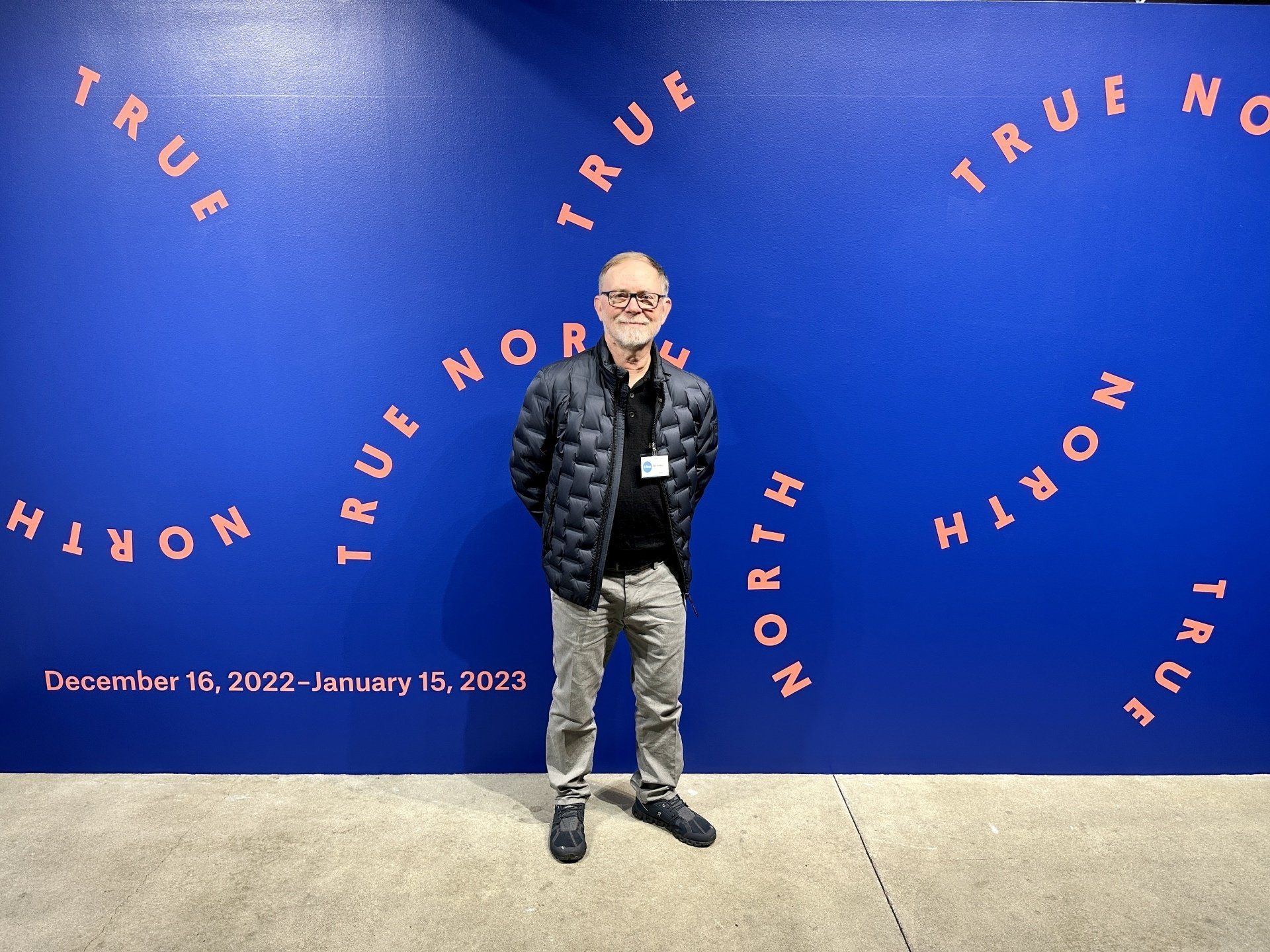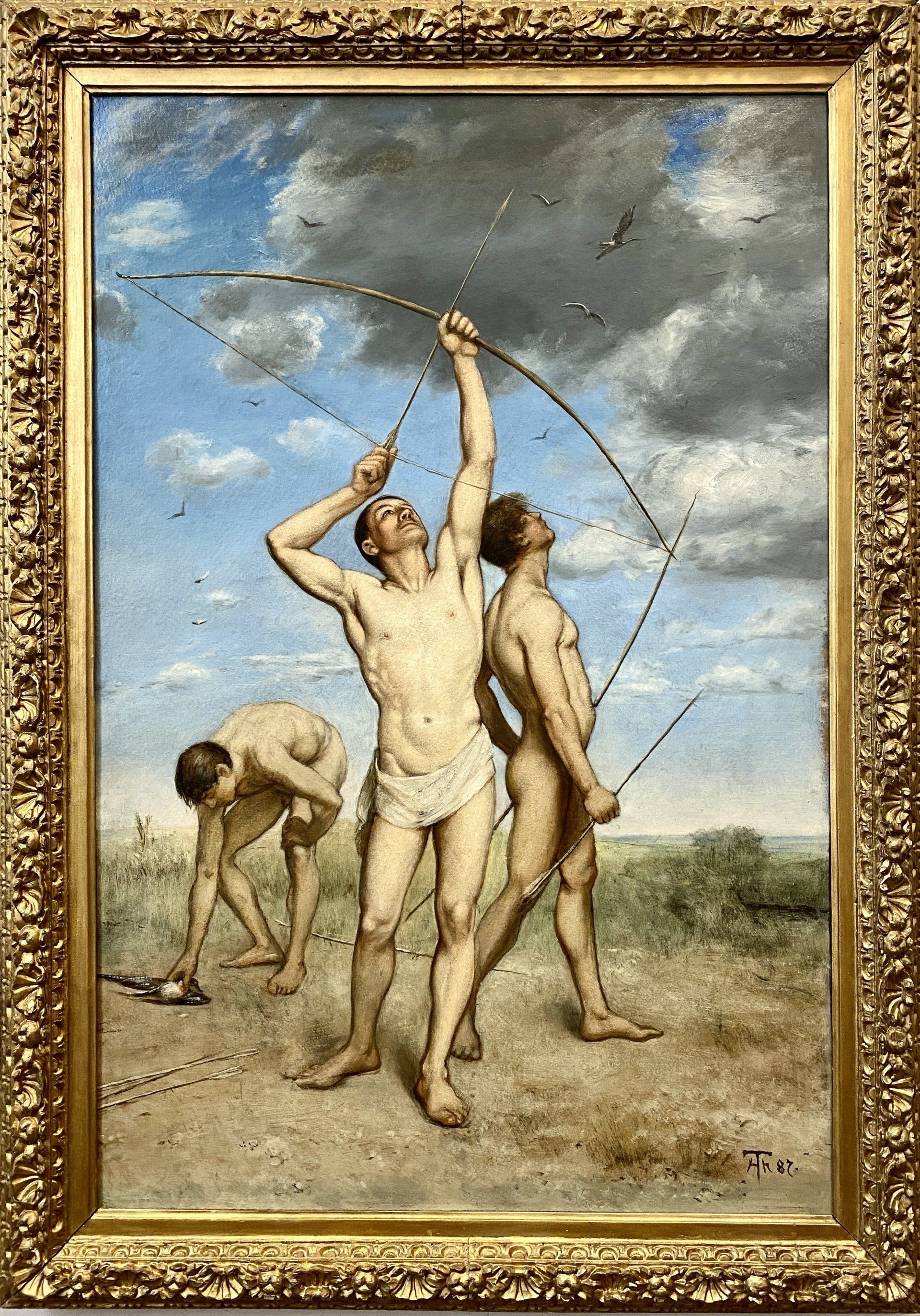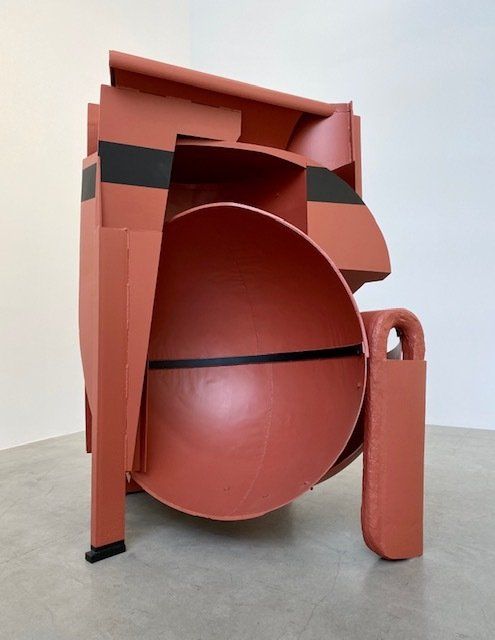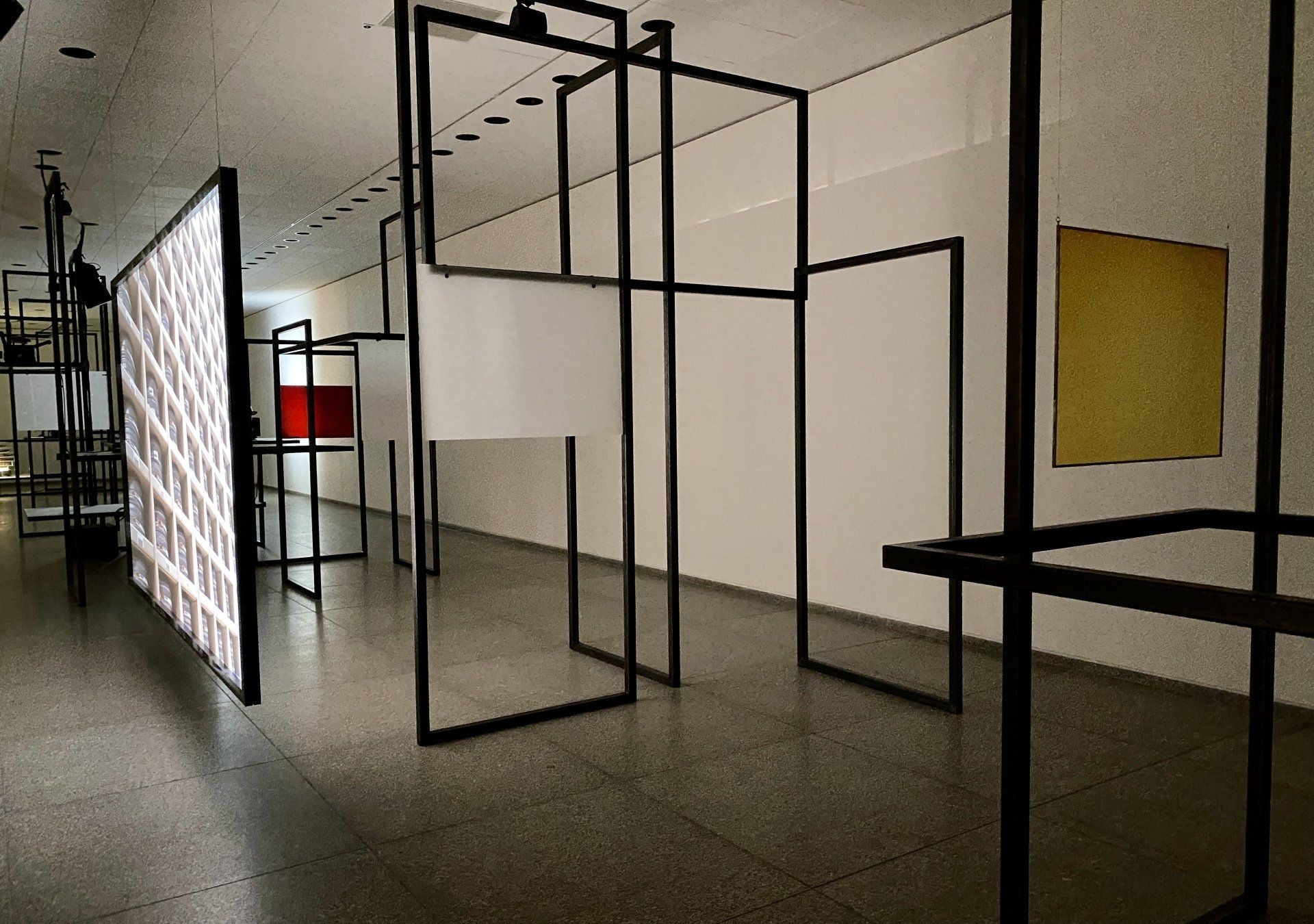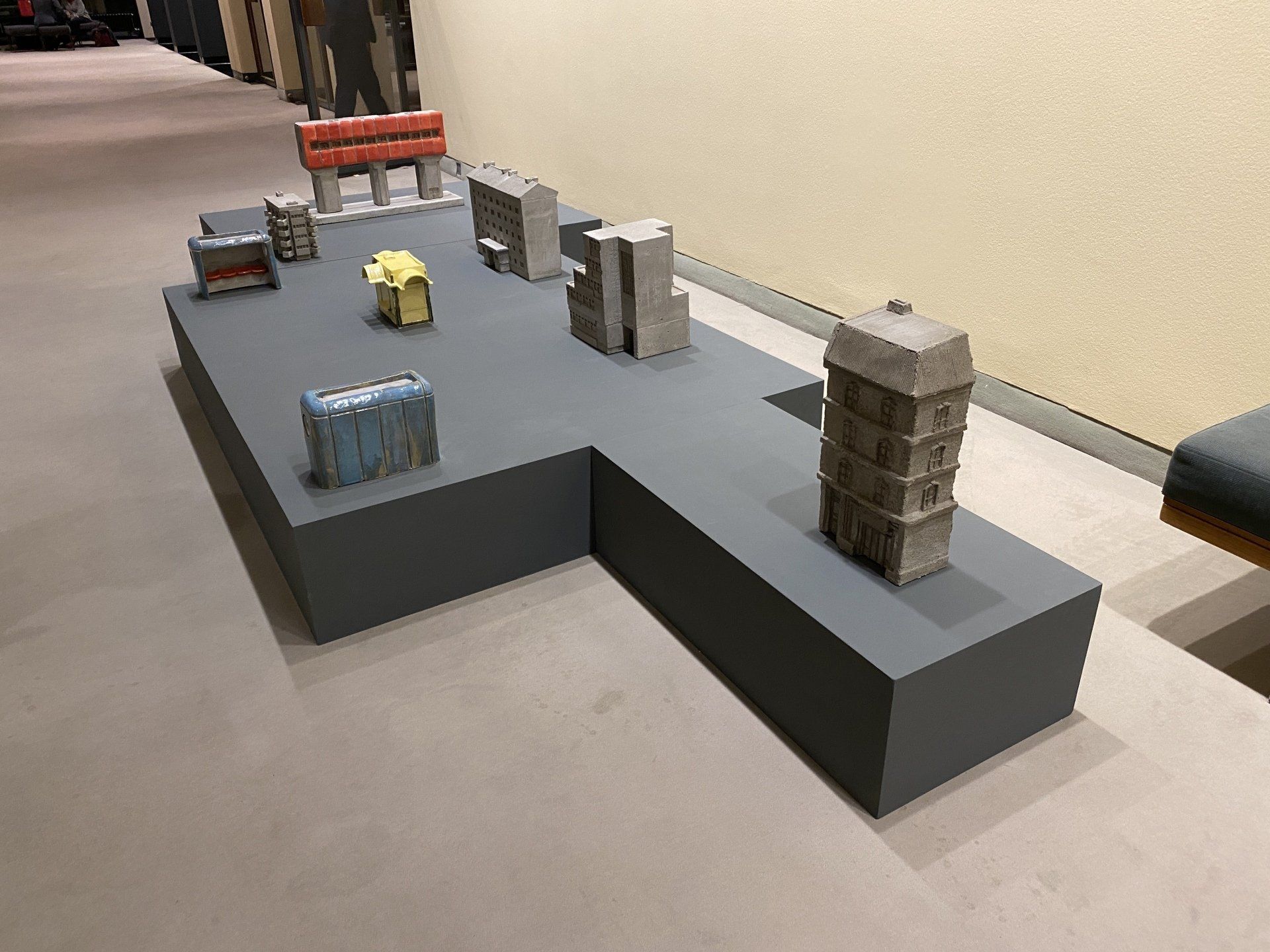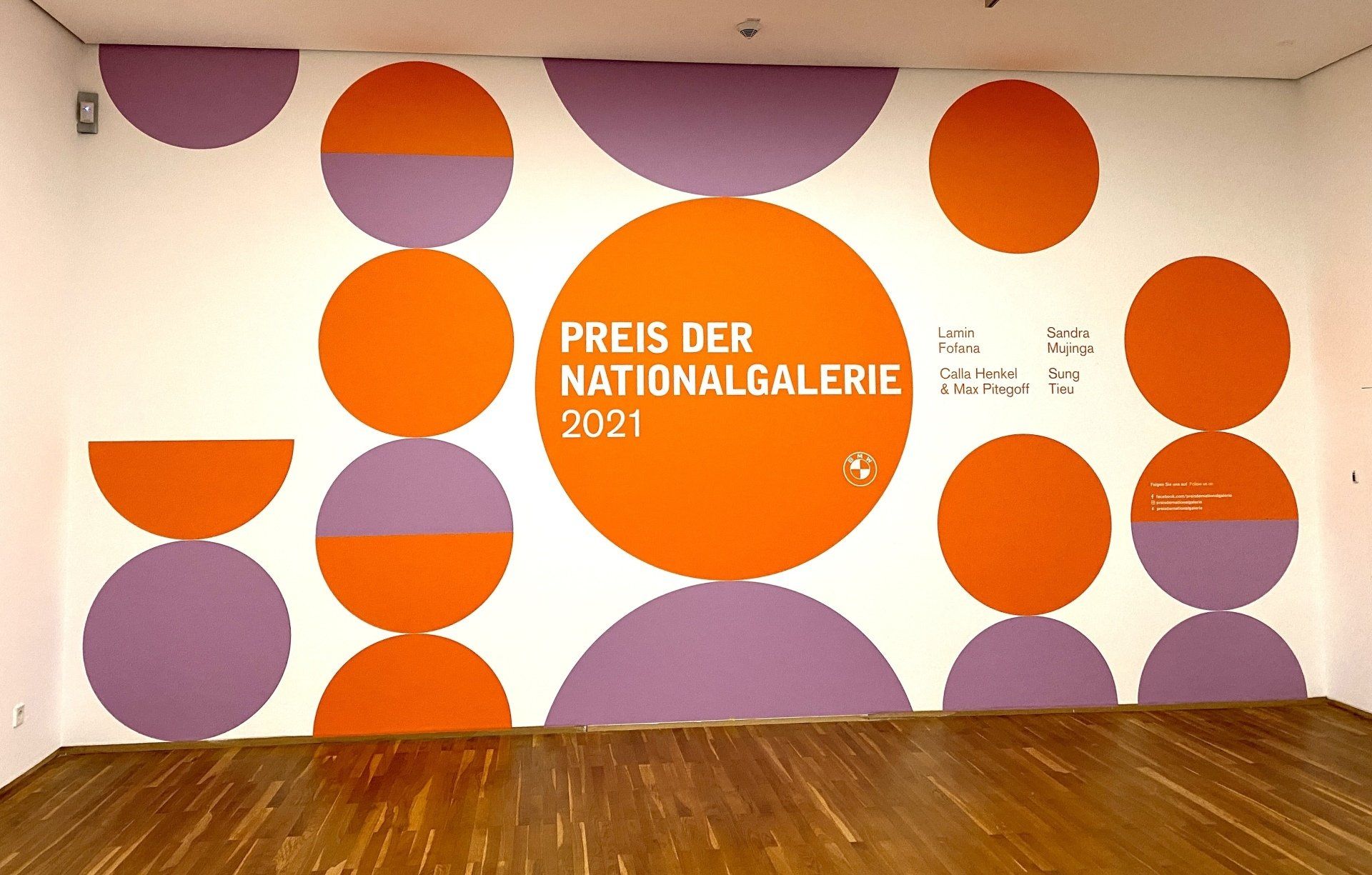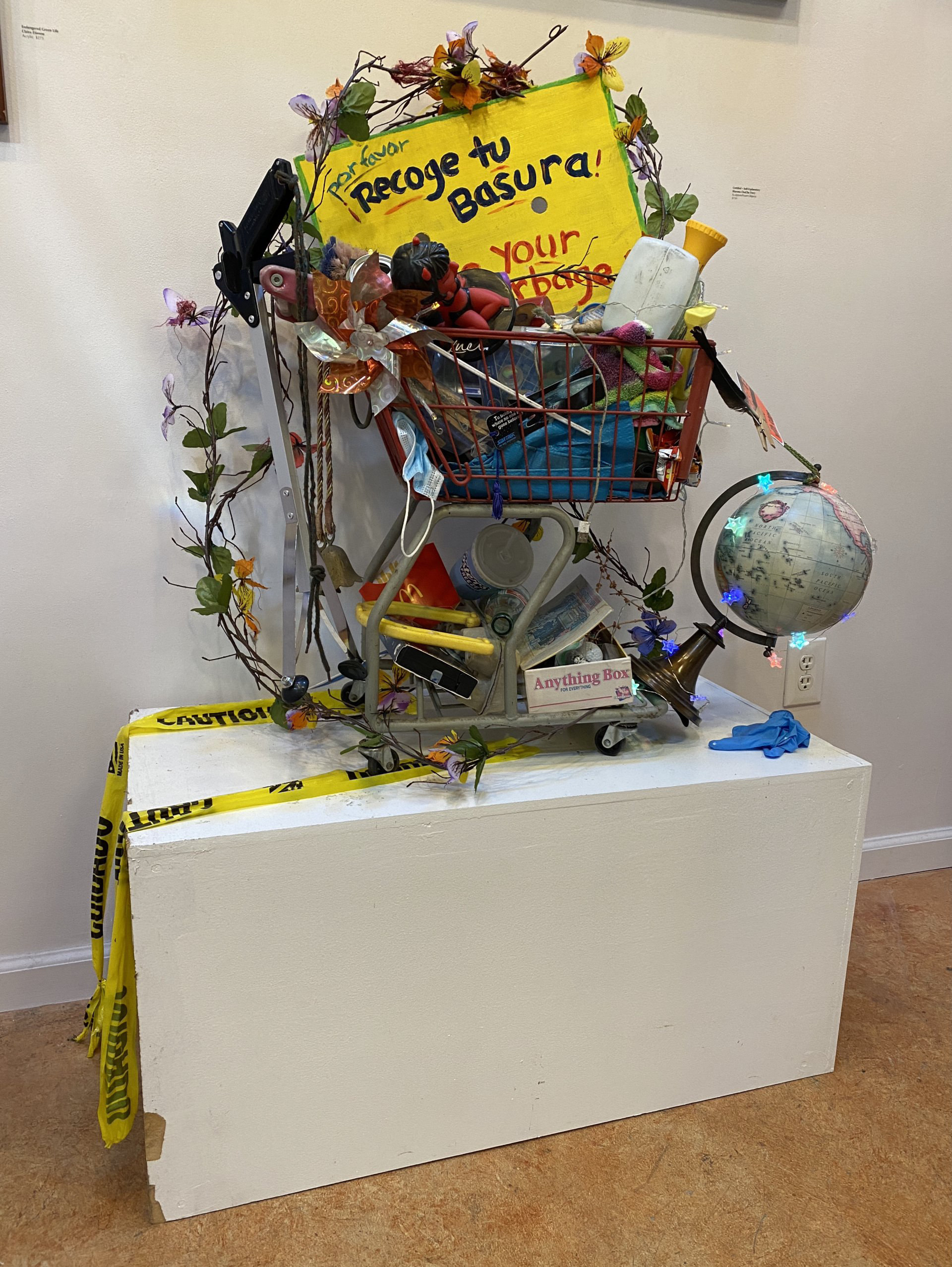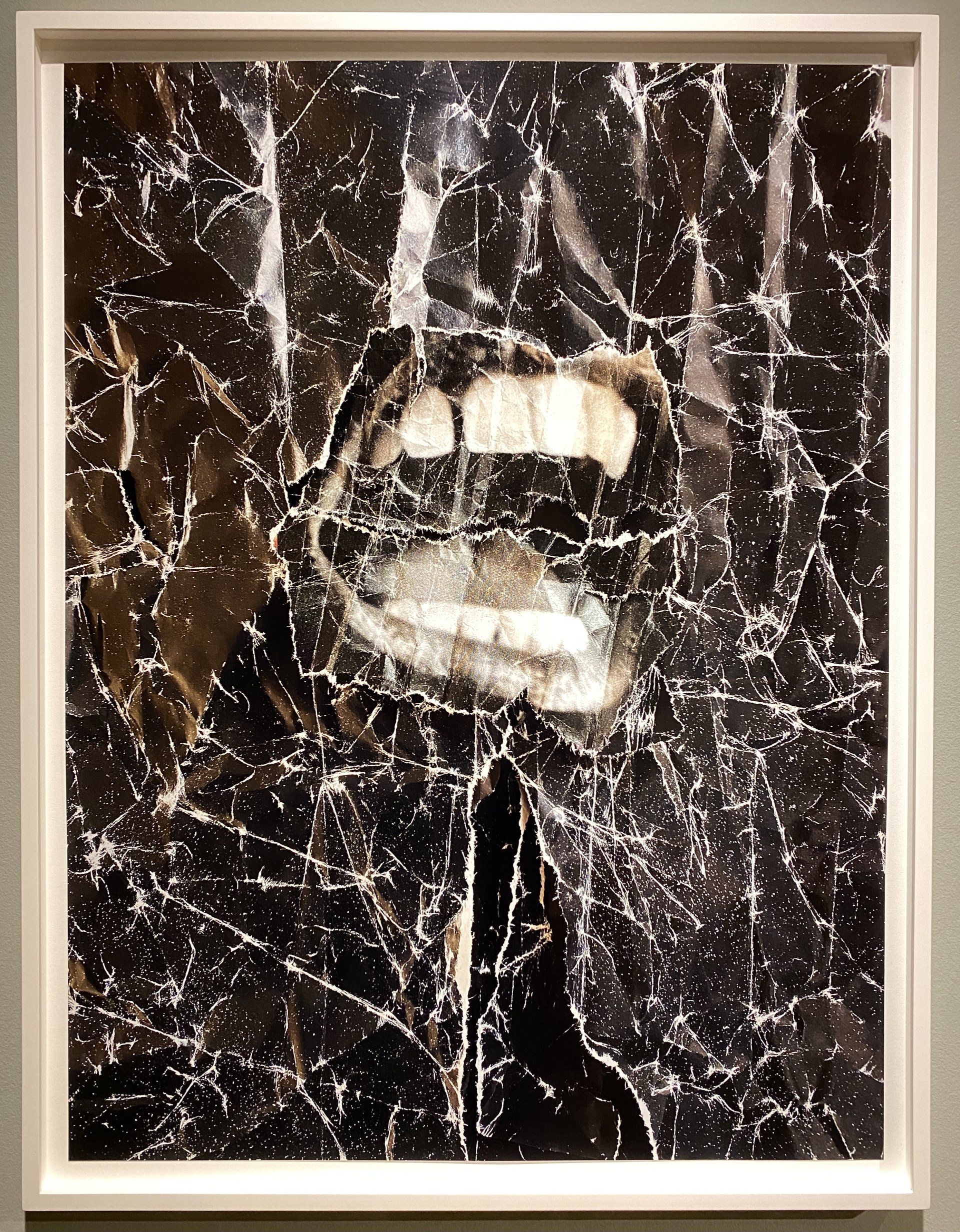The de Young Open: Twelve of my favorite pieces
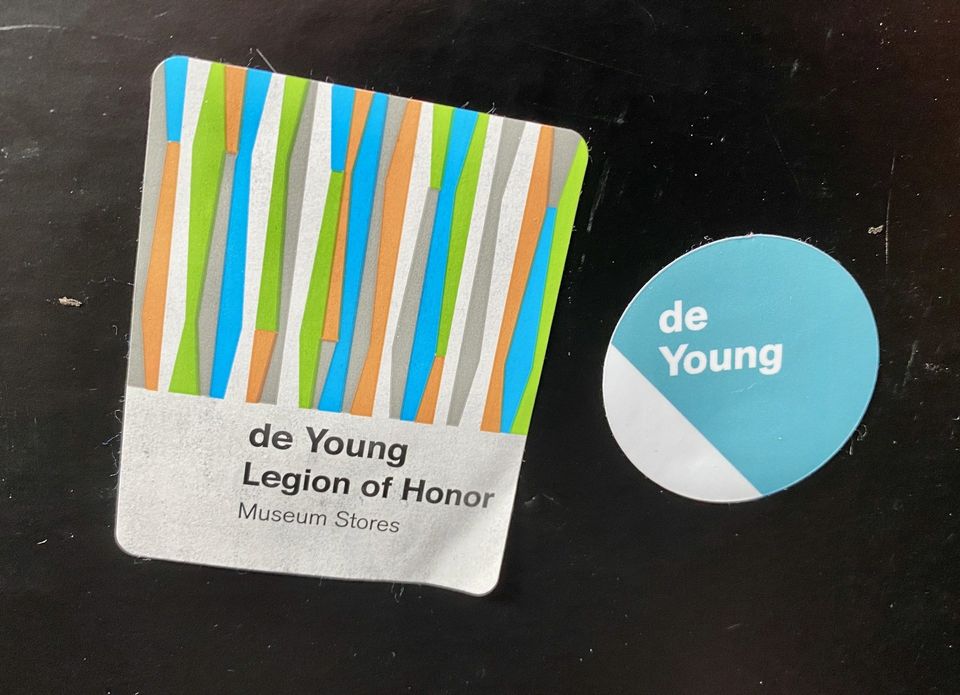
This week I went to the artists’ preview of The de Young Open, which features 877 artworks by 762 Bay Area artists. In emails to participating artists earlier this summer the museum stated that the exhibit would be done “salon style - edge to edge, floor to ceiling.” I was amazed that the museum staff had managed to allow for a workable breathing space between pieces. In addition, nine gallery spaces divide the show into thematic chapters that help navigate through the high volume of artwork.
Some works pay homage to art giants like Helen Frankenthaler, Ed Ruscha, Moholy-Nagy, Braque, Dalí, Robert Ryman, Brice Marden, Gerhard Richter and others. But many other pieces are completely original.
The exhibit is well organized, and considering the magnitude, this was no easy task.
Here are twelve of my favorite pieces in the exhibit. I highly recommend checking out the show, which opens to the public on October 10, 2020 and runs through January 3, 2021.
P.S. My piece, “Nocturne,” (no. 499) is in gallery 6.
1.
Stacey Goodman
My Great Migration
79 x 69.5 x 3 in.
I was captivated by this bigger-than-human, glass, metal and refective-material piece that uses the green, black and red of the Pan-African and African-American flags. The visual presence of this piece is dazzling.
2.
Harvey Brody
Panstheism: Making Sanctuary
66 x 56 in.
Harvey Brody’s “Sanctuary” piece is a record of the artist finding sanctuary through the act of painting - and then passing that sanctuary along to the viewer. His torn and shredded picture ironically has a solid feeling. At the same time the painting has vitality and movement. I love this piece.
3.
Ryan M. Reynolds
Freeway 9
30 x 45 in.
Of course, I have to include Reynolds’ “Freeway 9” in my top ten favorites! I’m partial to everyday subjects that have been elevated (or re-seen) for us by the artist. Weren’t the impressionists doing just that when they painted train stations and contemporary street scenes? Here, the artist has chosen a toll gate - possibly the entrance to the Bay Bridge or the Carquinez Bridge. This is a scene most of us have driven through many times, but maybe in the rush of avoiding an accident while scrambling for our FasTrack-thingy, we’ve not had the opportunity to take in the interesting breakdown of sky/architecture/horizon/middle and foreground. This piece is a formal presentation of a rubber-meets-the-road situation.
4.
TANCHELEV
Untitled (Four Blocks) 2020
29.5 x 29.75 x 2.5 in.
TANCHELEV’s piece, “Untitled (Four Blocks) 2020” holds its own authority on the basis of a deceptive simplicity and purity of form. The artist conjoins beauty, philosophy and humanity here, and confronts the viewer with two worlds at once: the conceptual and the tactile. Very exciting piece!
5.
Randy Dixon
Corbeau
24 x 62 x 13 in.
Randy Dixon’s “Corbeau” is a stunning form that feels stable enough to withstand heavy winds, even though it is balanced ballet-style “en pointe.” It is at once a model for a future building (or future city contained in a building) and an elegant figurative form. The warmth of the materials add humanity. The coexistence of curves and angles create a feeling of hope.
6.
Wynne Hayakawa
As I Lay Dreaming
44 x 44 in.
This dizzying painting divides the picture into halves, yet we are left with a feeling of instability. The whole painting is in motion. The convention of the landscape is upended by the lack of a horizon, and just as trees each year bud, leaf, color and lose their leaves (and symbolically their lives), Hayakawa’s vision provides a reminder of the temporary nature of our own existence. How many things in life slip through our fingers? What does it mean to hold onto something? This painting asks the question of what it means to be alive. Thank you, Wynne Hayakawa.
7.
Marshall Crossman
Maroc 4
40 x 40 in.
This painting by Marshall Crossman captures the vitality of an exotic, far-away marketplace. I can even hear the “buzz” of this swirling gathering spot. Crossman’s control and wise use of color contains the checkerboard darks and lights that punctuate the scene. All his gestural brush movements have a reason to be there. This is a great painting!
8.
Cat Kaufman
Harmony of the Soul
15.5 x 35.5 x 2 in.
The keyboard in Cat Kaufman’s “Harmony of the Soul” represents the elements our music system: 12 tones to the scale, octaves, and chord progressions - all utilized in classical, jazz, rock and folk music. I’ve often thought these music elements have corresponding colors (for example, individual notes might have specific colors and chords might represent color palettes). Here Kaufmann has created a color “scale” parallel to the scale of the keyboard. The piece has a distressed look - like it was exhumed from antiquity (or at least from a ghost town in Nevada). I love the layers of potential stories and the different directions you could take when viewing this piece.
9.
Martin Lasack
Ravens in Granite
24 x 54 in.
Yes, this painting is a skillful landscape, not only portraying fascinating landforms and the air between the landforms - but it is primarily an abstract composition that would work even if the painting were turned upside down.
10.
Maru Hoeber
Haiku B
13.5 x 5.75 x 5.75 in.
Because of its almost-white, monochromatic, marble-like appearance, this piece has a classical feeling. The elegant folds, curves and dimples, and the overall verticality allude to the figure. Even though it involves a complicated interchange of forms, the mood is one of quiet balance - so the title, “Haiku B” is fitting.
11.
Robert Foster
Number 61. “And then the world changed…”
72 x 48 x 5 in.
Robert Foster’s sculpture, “Number 61. ‘And then the world changed…’” portrays a city in decay, but not the usual urban decay - where rebuilding takes place simultaneously. This city is melting away - a place that is an artifact - the color of bone. It’s a bleak picture of the future or a view from the far-far future looking back - as we now view the Parthenon or the pyramids at Giza. The grid pattern is attractive and the aerial view is alluring, however feelings of dread follow quickly. It is a monumental piece, not as much in scale as in feeling.
12.
Paul Steuerwald
Untitled
24 x 24
This satisfying abstract painting by Paul Steuerwald gives the viewer a puzzle to untangle, paths to follow, and depths to organize. It’s a quiet piece that also has musical qualities - mostly syncopated rhythms - but all contained within a square field. This idea is appealing enough that I want to see ten of these - each version with different subtractions or additions to this composition - or reorderings of which structures assert themselves forward and which fall back. I really like this painting!

